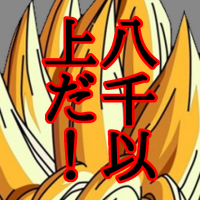Difference between "kio" and "kion"
randalljking,2014年7月26日の
メッセージ: 4
言語: English
randalljking (プロフィールを表示) 2014年7月26日 3:50:18
nornen (プロフィールを表示) 2014年7月26日 4:13:24
randalljking:I am rather new to learning Esperanto, and I am having trouble understanding the difference between kio and kion. If anyone could help me, I would greatly appreciate it.The -n in kio'n, as well as in nouns (lingvon, esperon, Esperanton), expresses the accusative.
The accusative is used to mark the direct object.
Also English has direct objects.
Maybe this can help: http://www.grammar-monster.com/glossary/direct_obj...
Welcome to Guatemala, btw.
sudanglo (プロフィールを表示) 2014年7月26日 11:52:47
Kion faras tiu homo? - what is that man doing/making? (the man is doing something)
So answer the question and see whether the thing in question comes before the verb in English or after.
sergejm (プロフィールを表示) 2014年7月26日 13:37:04
Imagine, that the answer is alive or multiple. If it is him, her, them, me or us use 'kion?'. If the answer is he, she, they, I or we, use 'kio?'. Unfortunately, answer 'it' will be same in both cases.
But note, if preposition is used, don't use -n, e.g. 'al kio?' 'al ili' 'to them'. If direction or place is asked, the common use is 'kie(n)?' 'where?', not 'en kio(n)?' 'in(to) what?'.
Choose 'kien?' if answer is 'into it' and 'kie?' if answer is 'in it'

